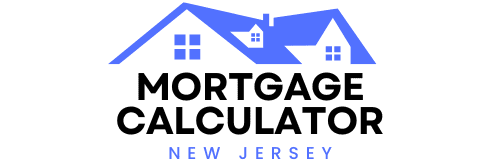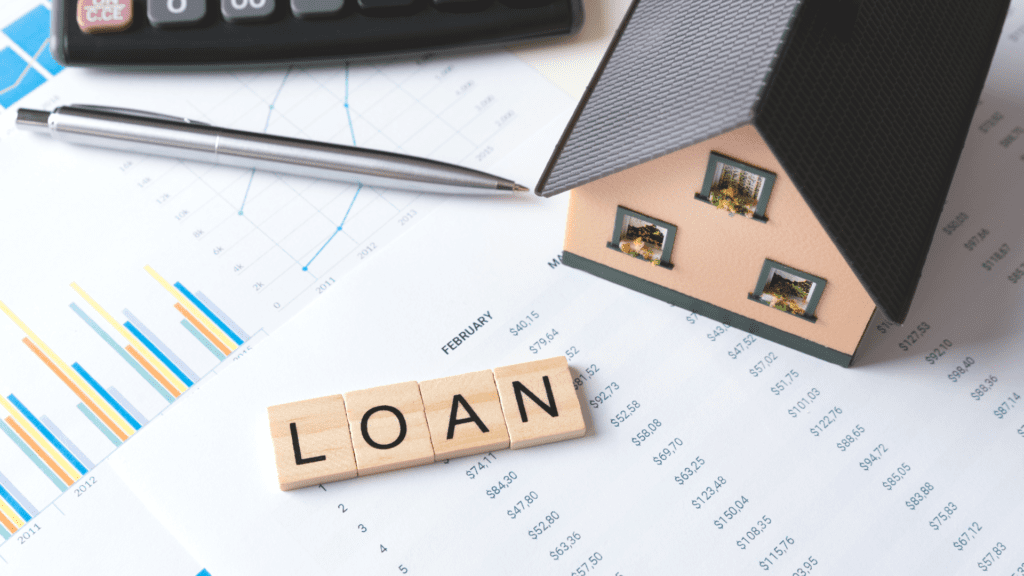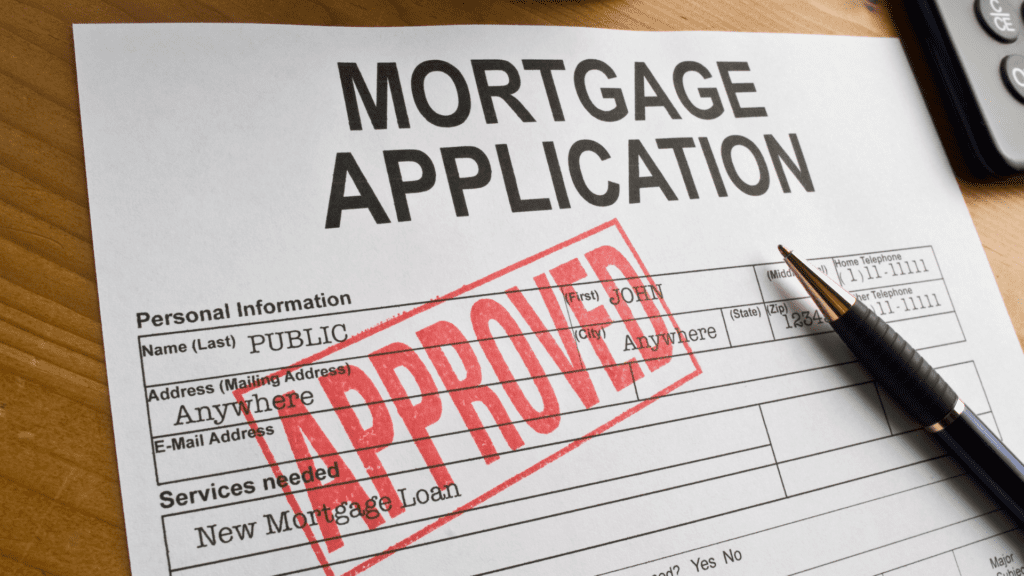How to mortgage a house?
Mortgaging a house is a significant milestone in many people’s lives. It involves several steps, from preparation to closing, and requires careful planning and consideration. This guide will walk you through the process, highlighting the essential steps and tips to ensure you are well-prepared for this financial commitment.
Understanding Mortgages: The Basics
A mortgage is essentially a loan from a bank or financial institution that helps you purchase a home. The house serves as collateral for the loan, which means the lender can take possession of the home if you fail to make the payments as agreed. Mortgages come in various types, including fixed-rate, adjustable-rate, and government-insured loans. Each type has its advantages and disadvantages, making it crucial to understand your options before making a decision.
Step 1: Assess Your Financial Health
Before diving into the mortgage process, it’s essential to evaluate your financial situation. This includes checking your credit score, as it significantly affects the interest rate you’ll be offered. A higher credit score can lead to better loan terms. Additionally, assess your debt-to-income ratio, which lenders use to determine your ability to manage monthly payments. Preparing a detailed budget that accounts for your down payment, closing costs, and ongoing homeownership expenses is also vital.
Step 2: Get Pre-Approved for a Mortgage
Pre-approval is a process where a lender evaluates your financial background and determines how much they’re willing to lend you. This step is crucial as it gives you a clear idea of what you can afford, helping you narrow down your home search to properties within your budget. To get pre-approved, you’ll need to provide financial documents, such as pay stubs, tax returns, and bank statements, to your lender.
Step 3: Find the Right Mortgage for You
With numerous mortgage options available, selecting the right one can be daunting. Fixed-rate mortgages offer stability with a consistent interest rate and monthly payment for the loan’s life. Adjustable-rate mortgages (ARMs) start with a lower interest rate, which can change over time. Government-insured loans, like FHA, VA, and USDA loans, are designed for specific borrowers, including first-time homebuyers, veterans, and rural homeowners. Consider your long-term financial goals and consult with a mortgage advisor to choose the best option.
Step 4: House Hunting and Making an Offer
Once pre-approved, start looking for a home that fits your budget and preferences. Work with a real estate agent to find listings, visit homes, and get insights into the local market. When you find a property you love, your agent will help you make a competitive offer. If the seller accepts, you’ll enter into a contract, marking the beginning of the closing process.
Step 5: Mortgage Application and Processing
After your offer is accepted, formally apply for a mortgage with your chosen lender. This involves submitting a more detailed application and providing any additional documentation requested by the lender. The lender will then process your application, which includes verifying your financial information, appraising the property, and conducting a title search to ensure the property is legally available for sale.
Step 6: Closing on Your Home
The final step in the mortgage process is closing, which is when you finalize the purchase and take ownership of the home. During closing, you’ll sign a variety of legal documents, including the mortgage agreement and the deed of the property. You’ll also need to pay closing costs, which can range from 2% to 5% of the purchase price, covering fees for the appraisal, title search, and loan processing. After all documents are signed and fees paid, you’ll receive the keys to your new home.
Conclusion: Preparing for Homeownership
Mortgaging a house is a complex process, but by understanding the steps involved and preparing accordingly, you can navigate it successfully. Remember, homeownership is a long-term financial commitment, so it’s important to make informed decisions every step of the way. By doing so, you’ll ensure a smoother, more enjoyable journey to owning your dream home.
Whether you’re a first-time homebuyer or looking to refinance, understanding how to mortgage a house is crucial. This guide has outlined the key steps and considerations, from assessing your financial health to closing on your home. With the right preparation and knowledge, you’ll be well on your way to achieving your homeownership goals.


